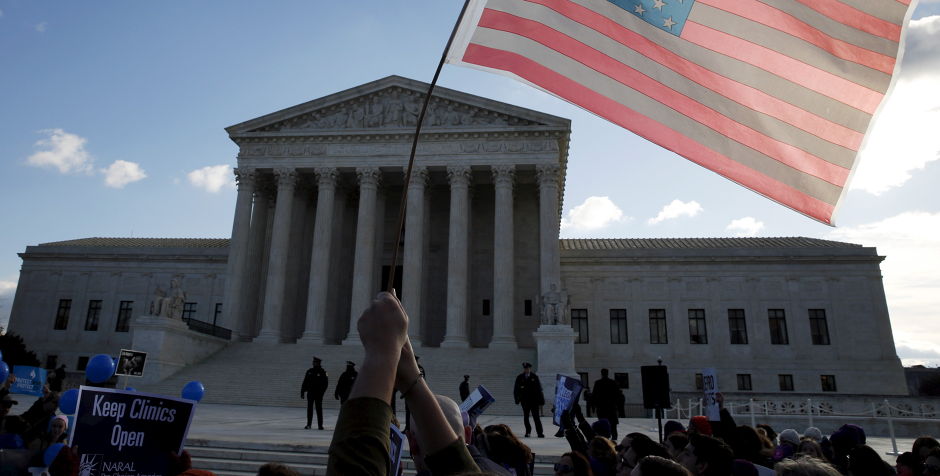Abortion is Too Big to Regulate, Too Sacrosanct to Question Its Safety?
The U.S. Supreme Court yesterday heard oral argument in Whole Woman's Health v. Hellerstedt, a case dealing with abortion regulation – the biggest abortion case at the high Court in over a decade.
At issue are two safety regulations: the requirement that abortionists have admitting privileges at a nearby hospital, and the requirement that abortion facilities meet the basic safety standards required of ambulatory surgical centers.
The challenged regulations are fairly modest. What is not modest was the argument several Justices and President Obama’s Justice Department made against the regulations.
For example, Justice Kagan, an Obama appointee, argued that the regulations were unconstitutional because (1) other procedures, like colonoscopies and liposuction, are riskier than abortion, and (2) Texas does not set the same safety standards for those procedures as for abortions. Justice Sotomayor, another Obama appointee, picked up the same theme. And Justices Breyer and Ginsburg, both Clinton appointees (notice a pattern?), protested that there was no health problem here and that abortion is certainly safer than childbirth, rendering these safety regulations unconstitutional.
Personally, I am doubtful that the probe of a colon or the suctioning of body fat is in fact more dangerous than suctioning or cutting a baby out of the mother's womb or injecting that baby or the mother with poisons to cause an abortion. But let's assume that in fact these other procedures pose greater risks: Since when is a safety regulation unconstitutional because it did not start at the most dangerous activity?
If that were the rule, every gun or airplane safety regulation would presumably be unconstitutional. The Second Amendment protects a right to bear firearms, and the Supreme Court says there is a constitutional right to travel. There are certainly other activities – bicycling? driving a car? – that are more dangerous than gun ownership or riding in an airplane. Does that mean any gun or airplane safety regulation not applied to these other activities is therefore unconstitutional?
The Supreme Court has never adopted such an approach, and it should not start now. Legislatures are allowed to attack one problem at a time and to choose the problems they attack. And there is no constitutional rule that abortions have to be the "least safe" activity before they may be regulated for safety. Let's hope a majority of the Supreme Court makes that perfectly clear.
And if you want documentation on how abortion is in fact a serious health hazard, contrary to the wishful thinking of abortion apologists, take a look at our amicus brief in this case. In fact, the Texas Solicitor General cited our brief by name in response to a question by Justice Ginsburg on this topic. In it, we expose, in painstaking detail, numerous instances of women injured and even killed because of unsafe, botched abortions.
Abortion cannot be too big to regulate.
